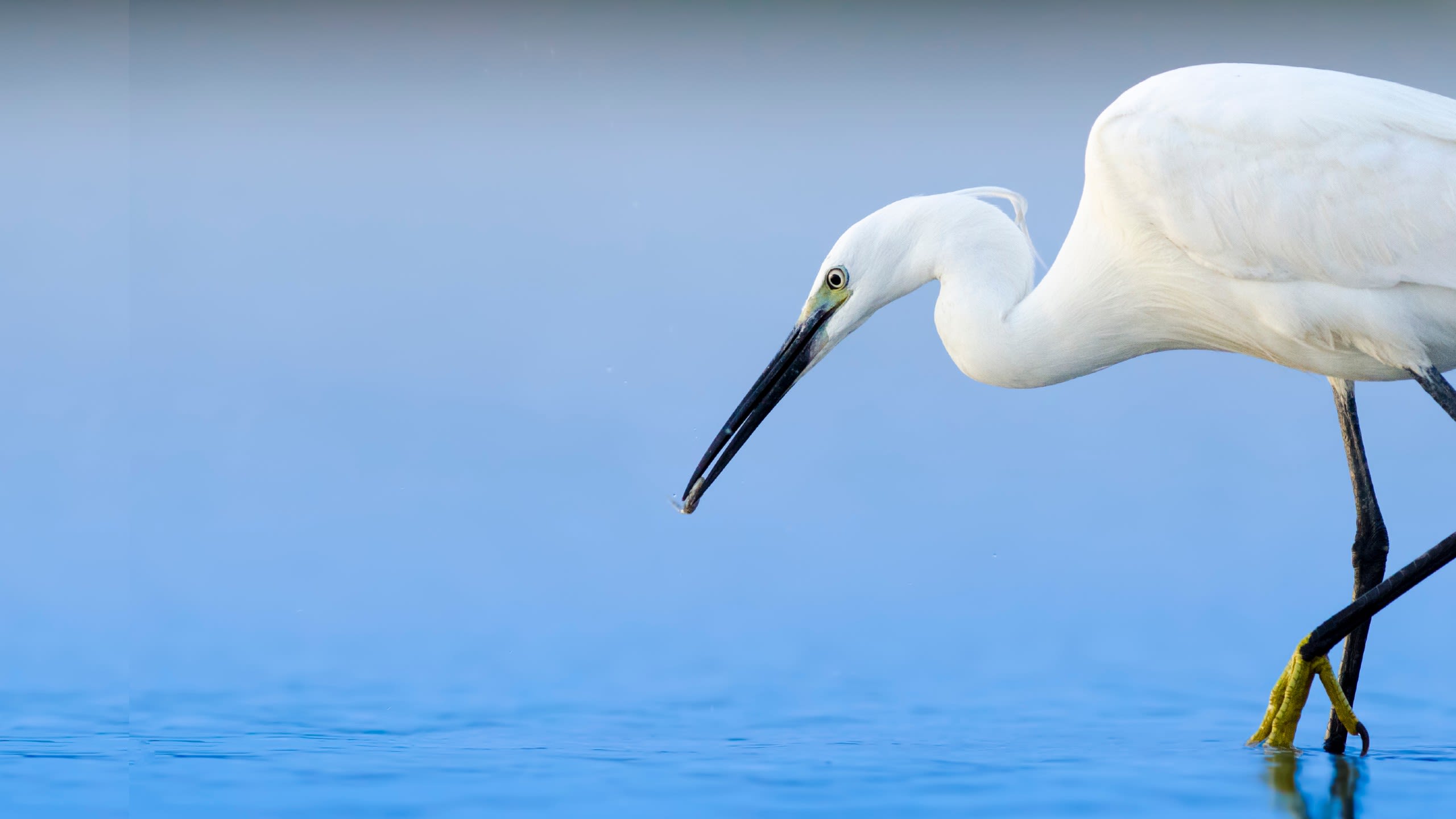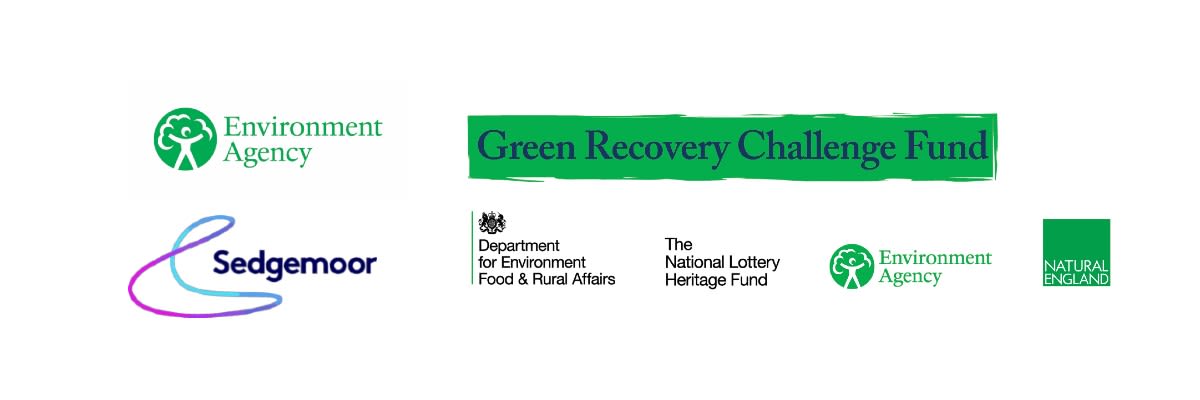Bridgwater Blue Heritage
Back in November of last year WWT embarked on an ambitious plan to restore a floodplain grazing marsh on the outskirts of Bridgwater in Somerset, that connects the town to the Quantocks beyond.
In partnership with the Environment Agency, Sedgemoor District Council, the Green Recovery Challenge Fund, The Friends of the Meads and the local community.
Just look at the difference six months can make...
"Thanks to the dedication and support of an amazing group of volunteers, we are well on our way to creating a vibrant and accessible wetland that is rich in wildlife and valued by everyone."
Bridgwater has a rich maritime heritage, sitting as it does on the banks of the River Parrett. But its future is less certain, with climate change bringing a real threat of flooding to the town from tidal surges and increased rainfall. Nature is in decline and people’s wellbeing is suffering too.
This is the story of how we’re seeking to meet these challenges by bringing more wetlands to the town. With the help of some amazing volunteers, we’ve re-wriggled, restored and re-wetted the Bridgwater Meads to restore the floodplain, protect the town from flooding and welcome nature back into the community. It shows just how quickly restoring wetlands can have an impact on the health and wellbeing of a community by welcoming people and wildlife back into the landscape.
Enter the diggers, as work gets underway in November.

Exciting to see these aerials showing the shape of things to come.
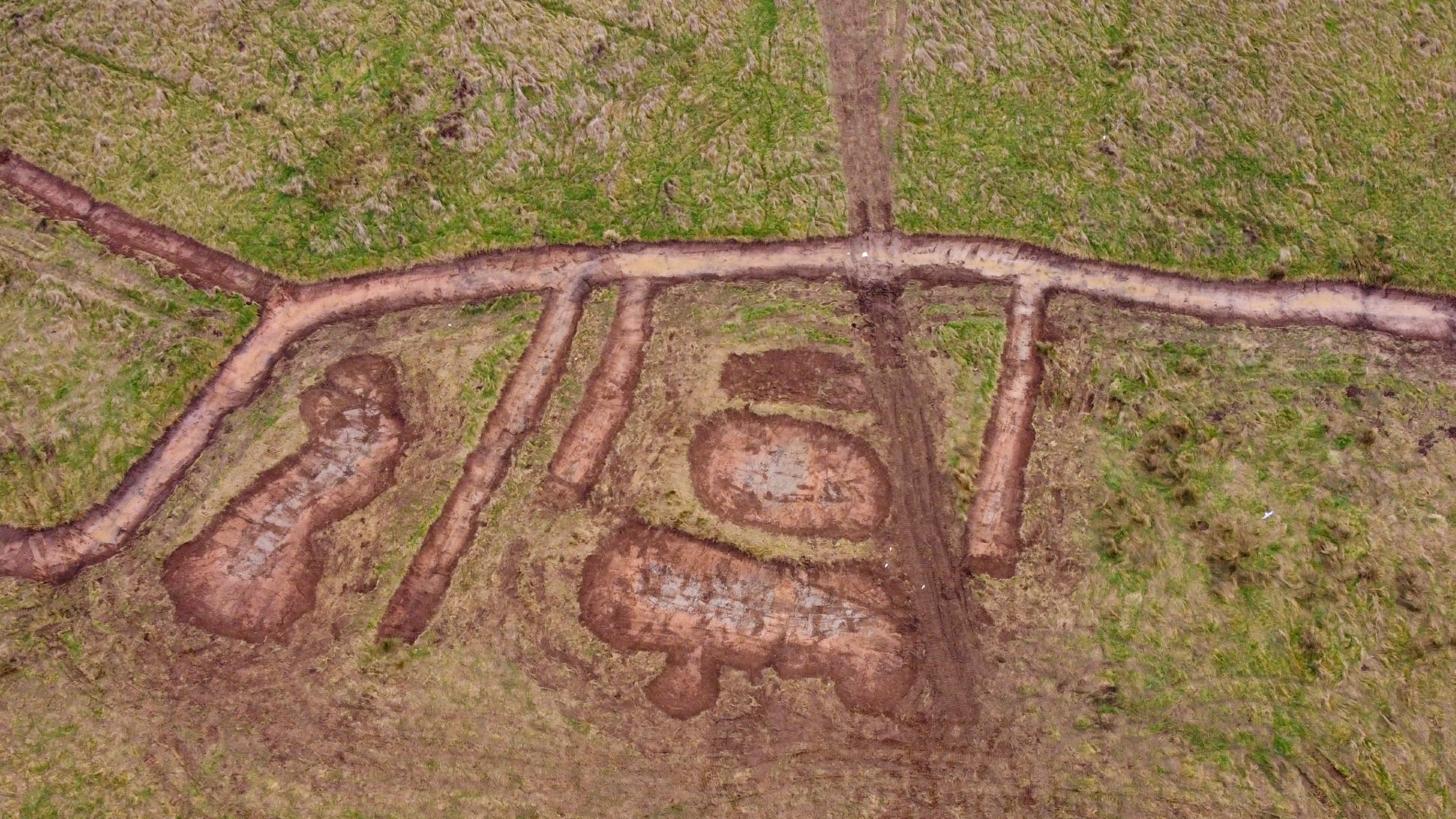
Bringing the Somerset Levels to the centre of Bridgwater. Winter saw the wetlands starting to take shape as the ditches and channels we’ve created start to fill with water and the re-wetting of the site goes from strength to strength.
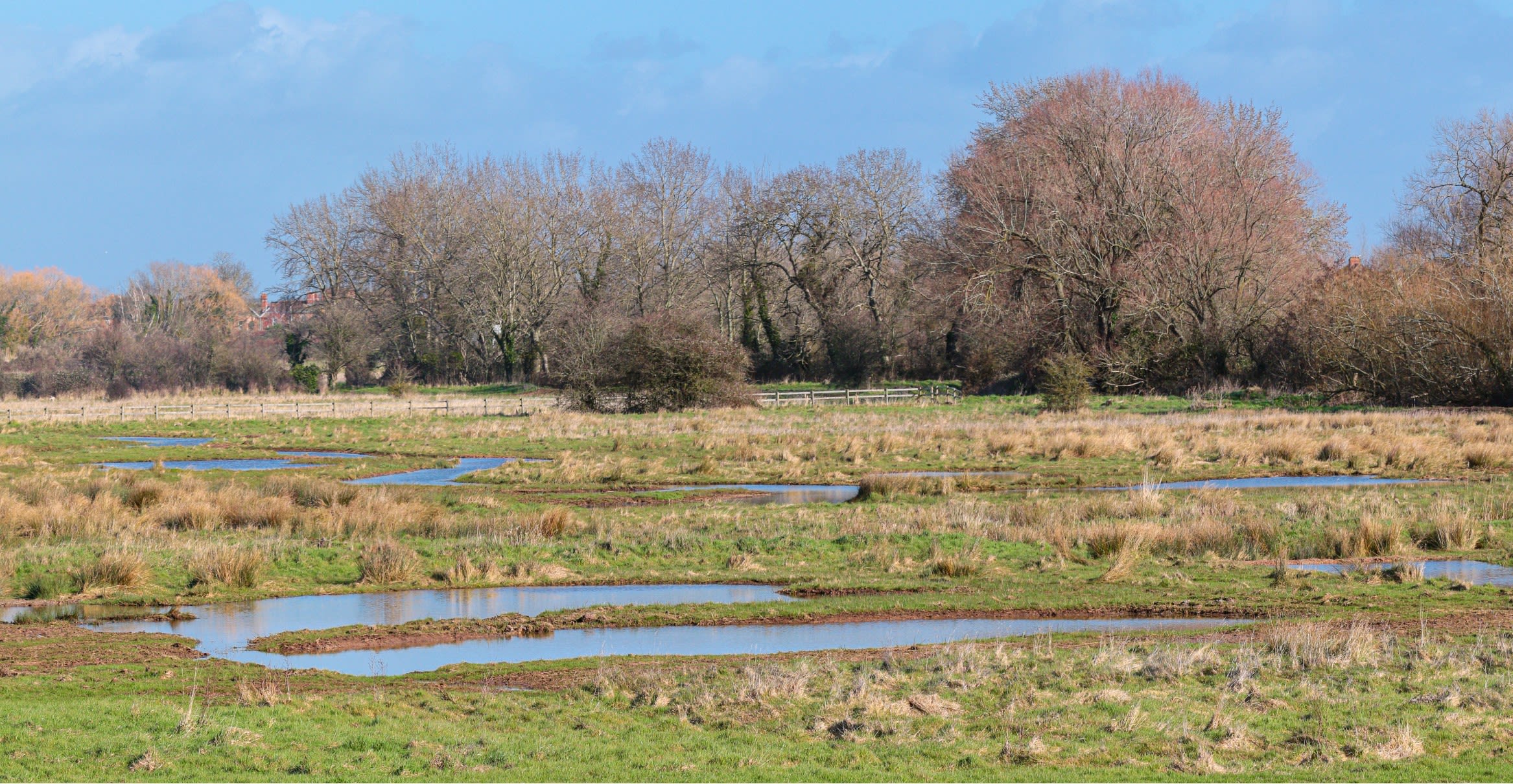
Results of the eel eDNA survey carried out by volunteers in August 2021 are released showing where eels were detected.
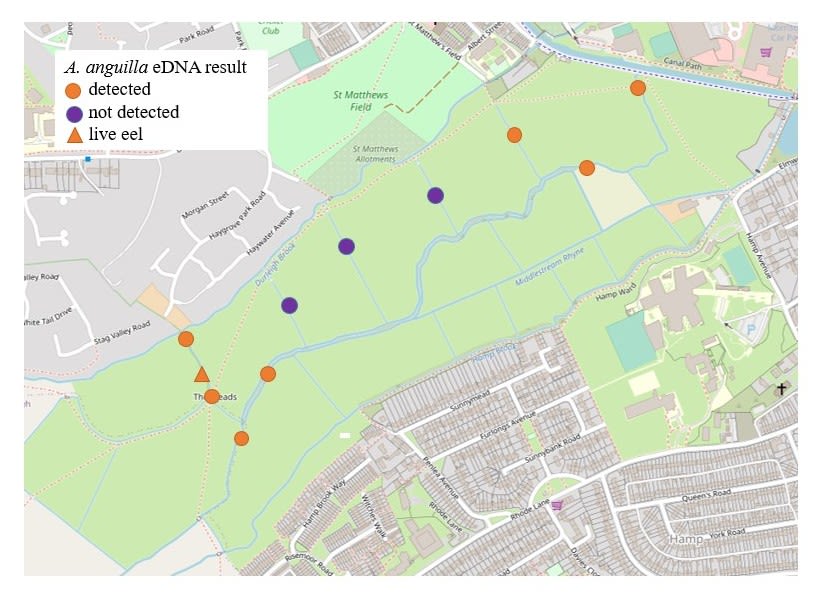
This innovative DNA sampling technique is being used more and more to detect species of conservation concern that may otherwise be missed by traditional surveys. It means it is now possible to detect the presence of an organism just by picking up its shed DNA in a water sample. Really encouraging to see so much evidence of eels on the Meads – and that’s before we added our wetlands.

Image credit: Jack Perks
Image credit: Jack Perks
Introducing Holly the Meads Mascot Dog, seen here supervising the installation of dip wells which we’re using to monitor water levels on the Meads.

Time to plant reeds at the Meads! Thanks to magnificent work by our amazing volunteers, 1,000 reeds were planted this spring
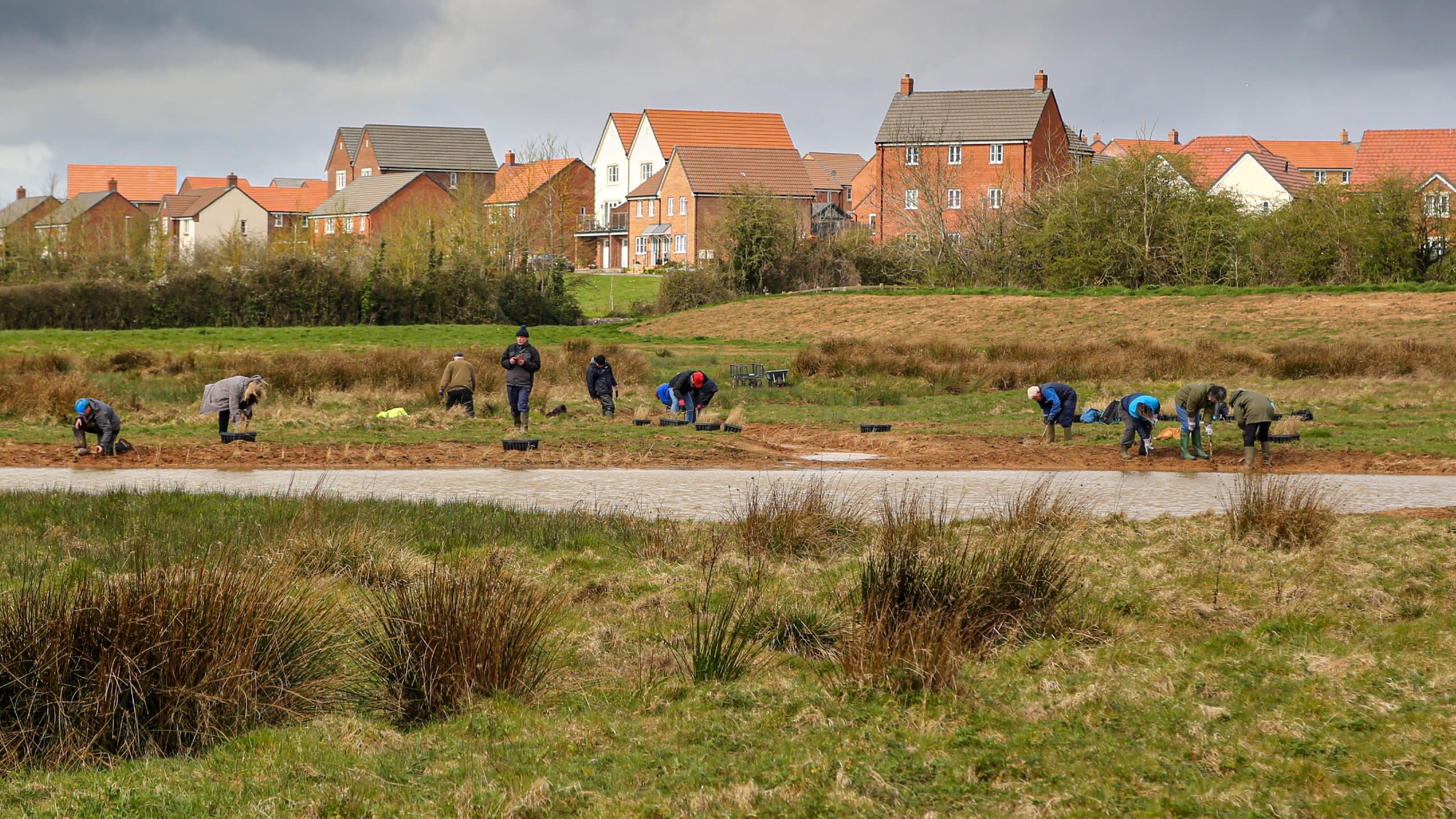
And by May, as the wetlands start to flourish, the reedbeds are already starting to grow up around the water, encouraging all sorts of wildlife to start making their home here, including dragonflies, wetland flowers and tadpoles in the water scrapes.
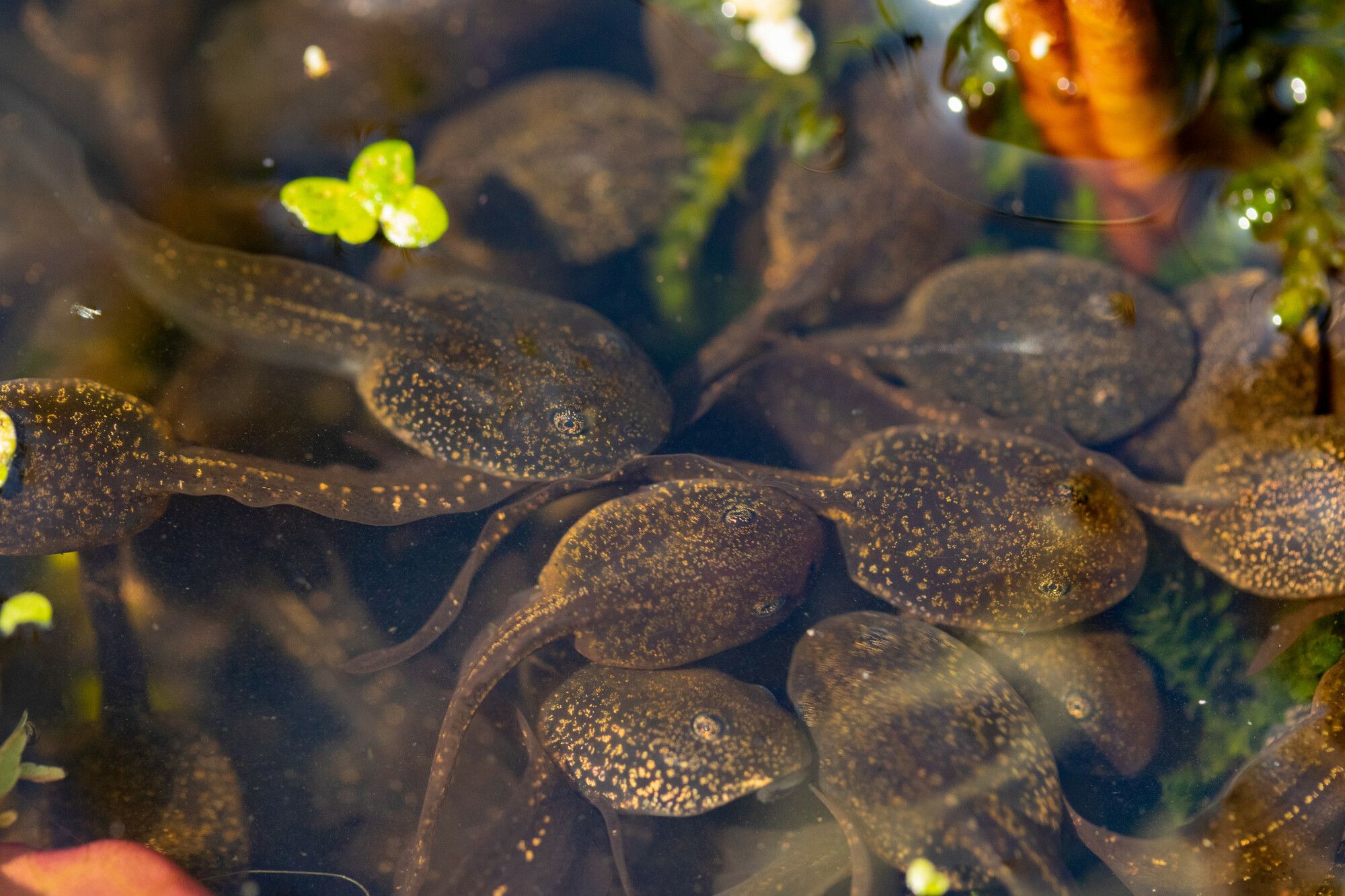
Image credit: Sam Stafford / WWT
Image credit: Sam Stafford / WWT
What's next?
We know water voles were once present on the Meads. Over the winter we carefully managed water levels to make the site more attractive to them and this summer we’ll be carrying out monitoring to see if they’ve returned.
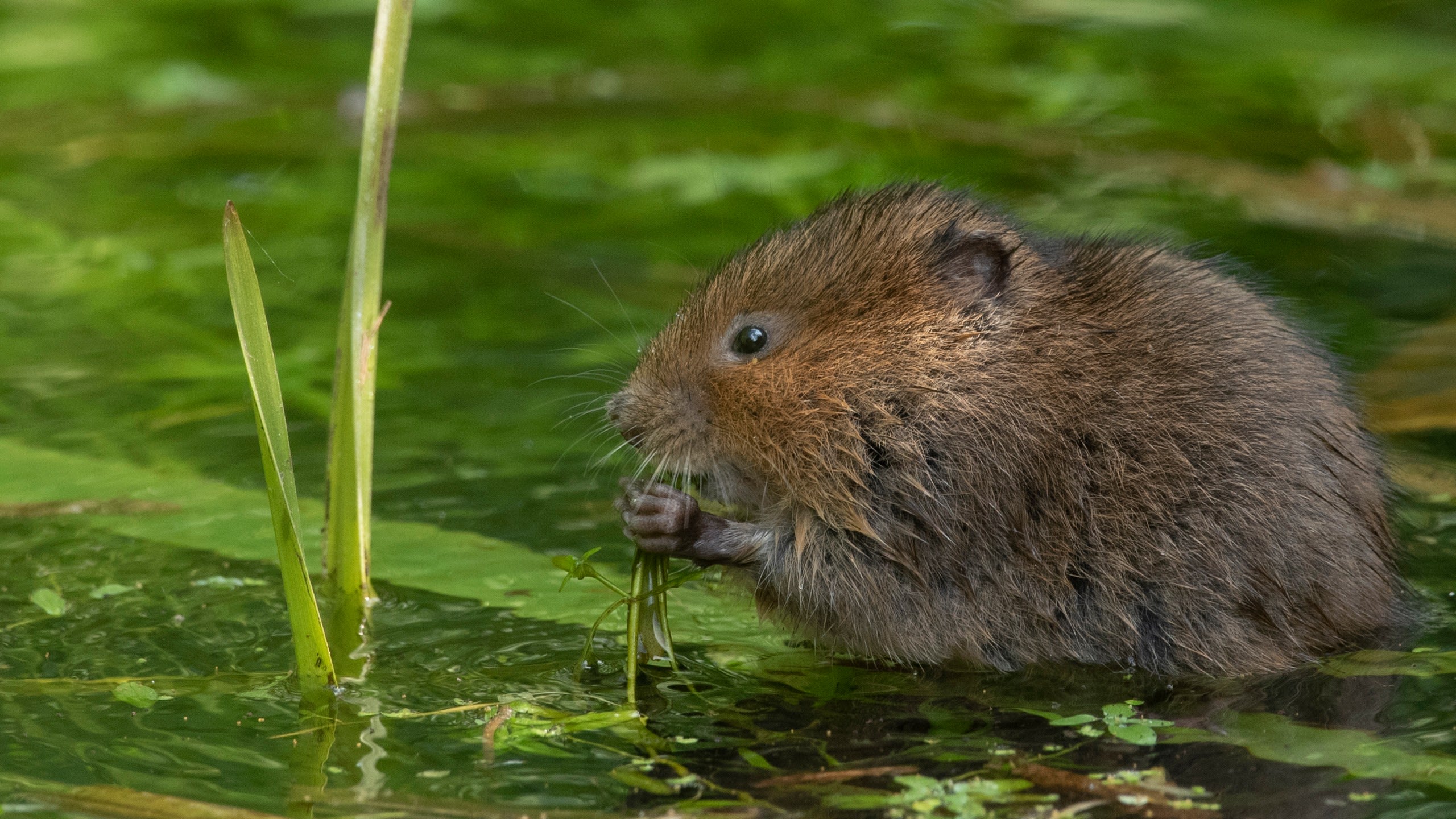
Future plans for the area include improving access across the site by creating additional bridges and walkways, as well as re-establishing nature friendly farming and grazing.
This will encourage a mosaic of different micro wetland habitats to develop, that will in turn attract a greater variety of wildlife to the site. We’re also introducing measures to enable the floodplain to remain wet for longer into the summer to encourage wading birds like little egret and snipe to come here and feed.
